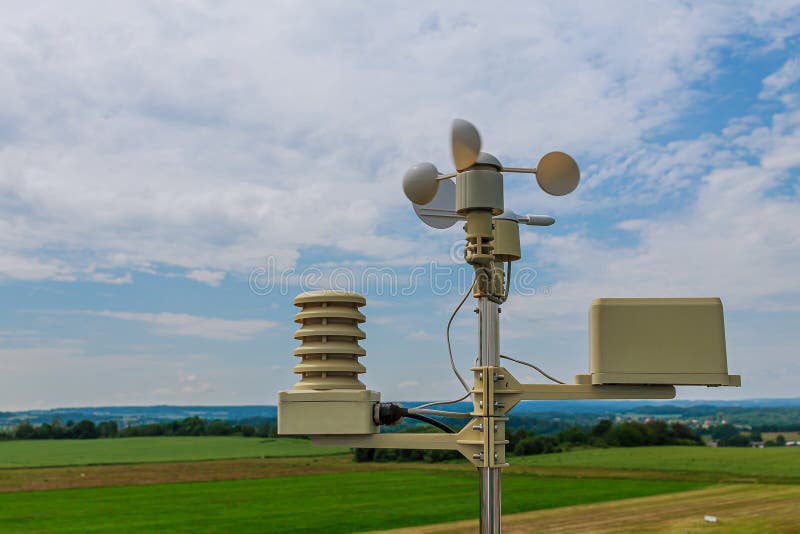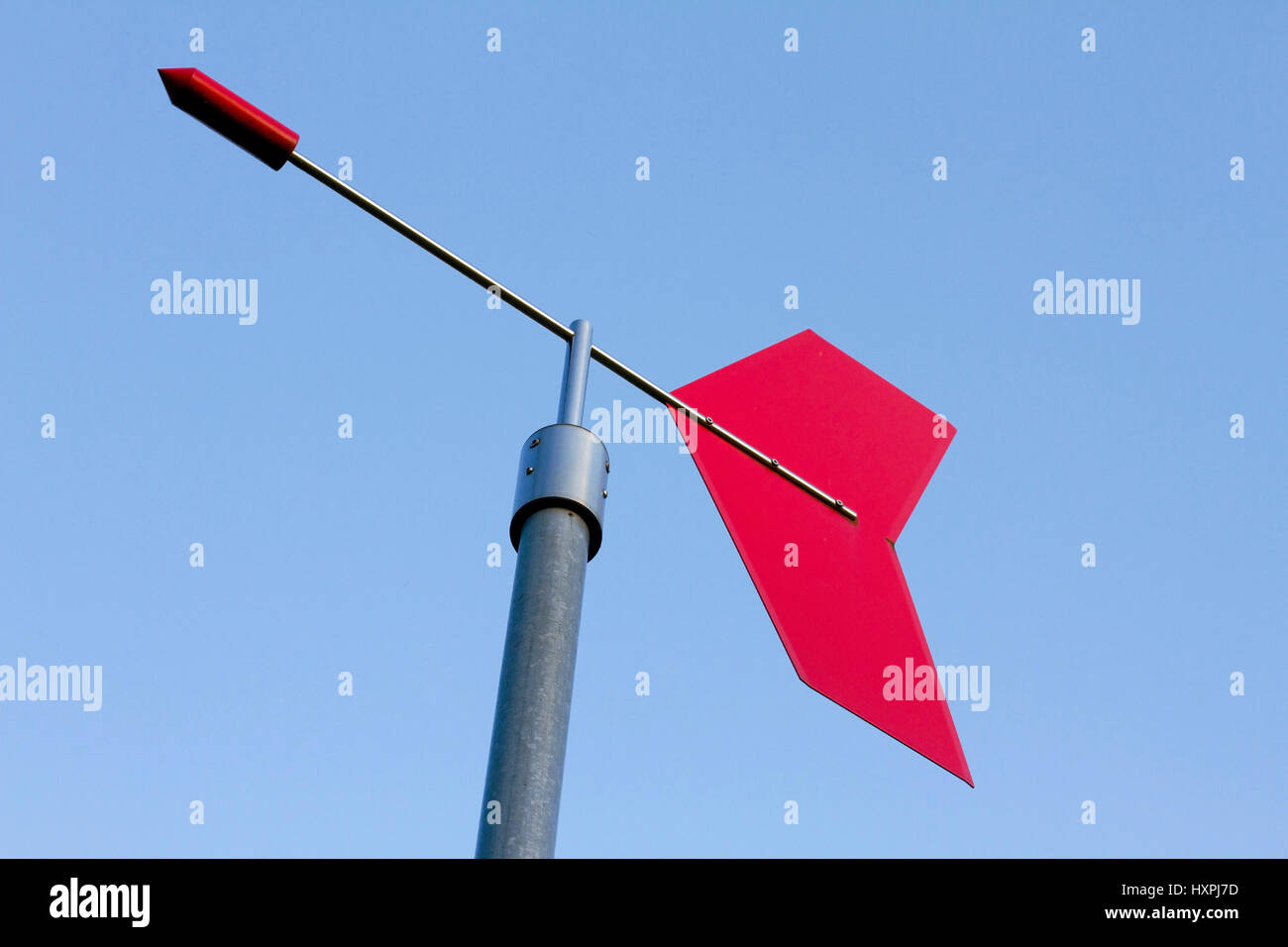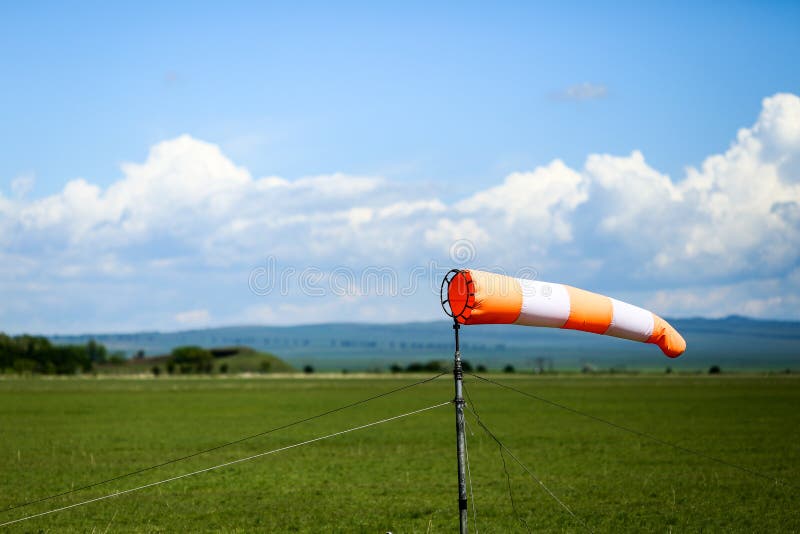
If the air stays too warm at night, the body faces extra strain as the heart pumps harder to try to regulate body temperature. 5 The human body needs to cool off at night, especially after a hot day.

2 Increases in these extreme heat events can lead to more heat-related illnesses and deaths, especially if people and communities do not take steps to adapt.

As the Earth’s climate warms, however, hotter-than-usual days and nights are becoming more common (see the High and Low Temperatures indicator) and heat waves are expected to become more frequent and intense. Unusually hot days and heat wave events are a natural part of day-to-day variation in weather. Prolonged periods of extreme heat can lead to power outages as heavy demands for air conditioning strain the power grid. 1 Prolonged exposure to excessive heat can lead to other impacts as well-for example, damaging crops, injuring or killing livestock, and increasing the risk of wildfires. Heat waves are more than just uncomfortable: they can lead to illness and death, particularly among older adults, the very young, and other vulnerable populations (see the Heat-Related Deaths and Heat-Related Illnesses indicators). 6Ī persistent period of unusually hot days is referred to as an extreme heat event or a heat wave. The spike in Figure 3 reflects extreme, persistent heat waves in the Great Plains region during a period known as the “Dust Bowl.” Poor land use practices and many years of intense drought contributed to these heat waves by depleting soil moisture and reducing the moderating effects of evaporation. Longer-term records show that heat waves in the 1930s remain the most severe in recorded U.S.Heat wave duration has increased significantly in 29 of these locations, the length of the heat wave season in 44, and intensity in 17 (see Figure 2). Of the 50 metropolitan areas in this indicator, 46 experienced a statistically significant increase in heat wave frequency between the 1960s and 2020s.During the 2020s, the average heat wave has been 2.3☏ above the local threshold (see Figure 1).

During the 1960s, the average heat wave across the 50 cities in Figures 1 and 2 was 2.0☏ above the local 85 th percentile threshold. Heat waves have become more intense over time.Timing can matter, as heat waves that occur earlier in the spring or later in the fall can catch people off-guard and increase exposure to the health risks associated with heat waves. The average heat wave season across the 50 cities in this indicator is about 49 days longer now than it was in the 1960s (see Figure 1).

This is about a day longer than the average heat wave in the 1960s (see Figure 1). urban areas has been about four days long. In recent years, the average heat wave in major U.S.Their frequency has increased steadily, from an average of two heat waves per year during the 1960s to six per year during the 2010s and 2020s (see Figure 1). Heat waves are occurring more often than they used to in major cities across the United States.


 0 kommentar(er)
0 kommentar(er)
